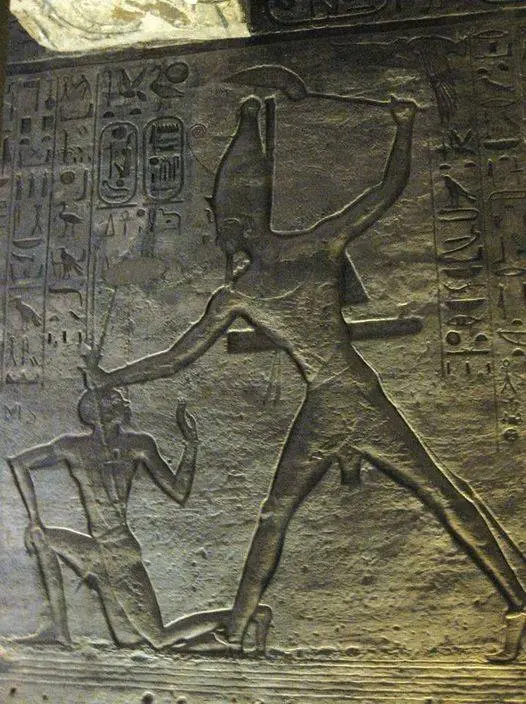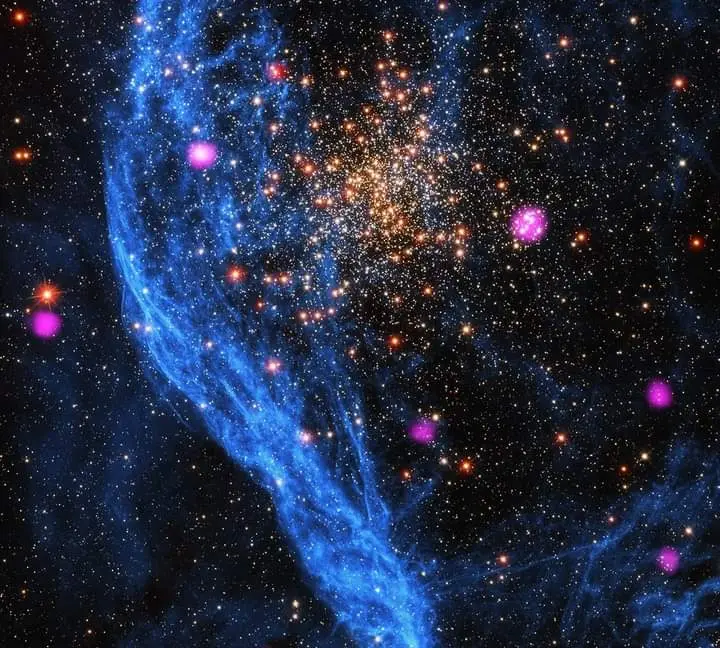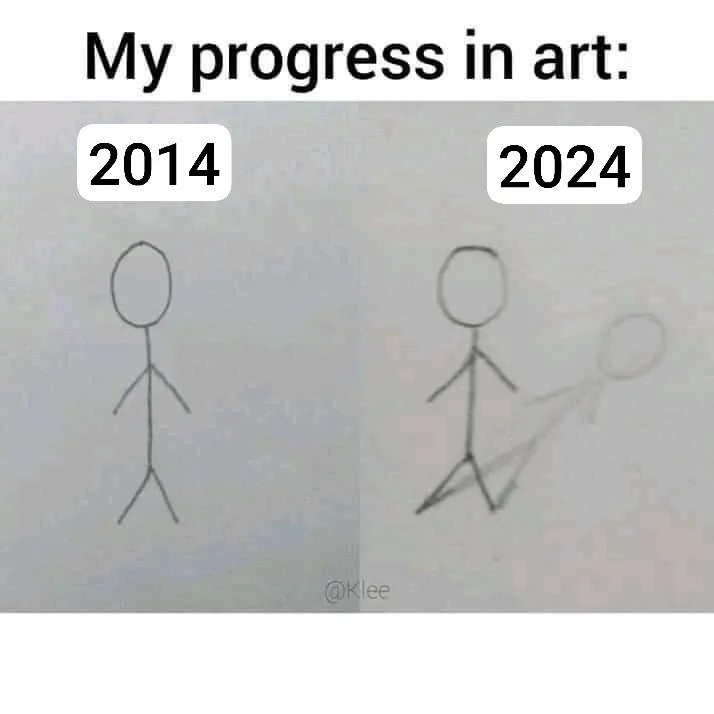
⚔️✨ Warriors of the Pharaoh ✨⚔️
This powerful relief shows the Pharaoh in a dynamic pose, striking down his enemy, symbolizing his strength and dominance in battle. 🏺 The scene illustrates the Pharaoh’s role as both a ruler and warrior, defending Egypt and maintaining order through military might.
Such depictions were common in ancient Egyptian art, designed to showcase the Pharaoh's divine authority and ability to protect the land from invaders. 🌍 These carvings serve as reminders of the Pharaoh’s role as protector of Egypt, as well as their divine connection to the gods. 🌟
#AncientEgypt #Pharaoh
#EgyptianArt #WarriorKing #EgyptianHistory #DivineAuthority
#BattleScenes #ProtectorsOfEgypt
#PharaohPower #HistoricalRelief #AncientCivilizations #EgyptianCulture
Read More...

I will no longer keep silent to the Enemy of God!!! Part 2 🚨
It's time for all elements of the Global Civil Society Community to move!! guerrilla warfare to spread this information through various social media & plan our real action of resistance by taking to the streets!!!!!
#news #community #update #global #unite #revolution #palestine #GCSC #endtimes #prophecy #civilsociety #ww3 #GreatReset #bunker
Read More...

I will no longer keep silent to the Enemy of God!!! Part 1 🚨
It's time for all elements of the Global Civil Society Community to move!! guerrilla warfare to spread this information through various social media & plan our real action of resistance by taking to the streets!!!!!
#news #community #update #global #unite #revolution #palestine #GCSC #endtimes #prophecy #civilsociety #ww3 #GreatReset #bunker
Read More...

NGC 1850 is a bright, double star cluster located about 160,000 light-years from Earth.
NGC 1850 is a bright, double star cluster located about 160,000 light-years from Earth. Delicate threads of gas (blue), created by previous supernova explosions, are interwoven amongst the stars. This image spans approximately 84 light-years from side to side.
#universe #space
Read More...




























